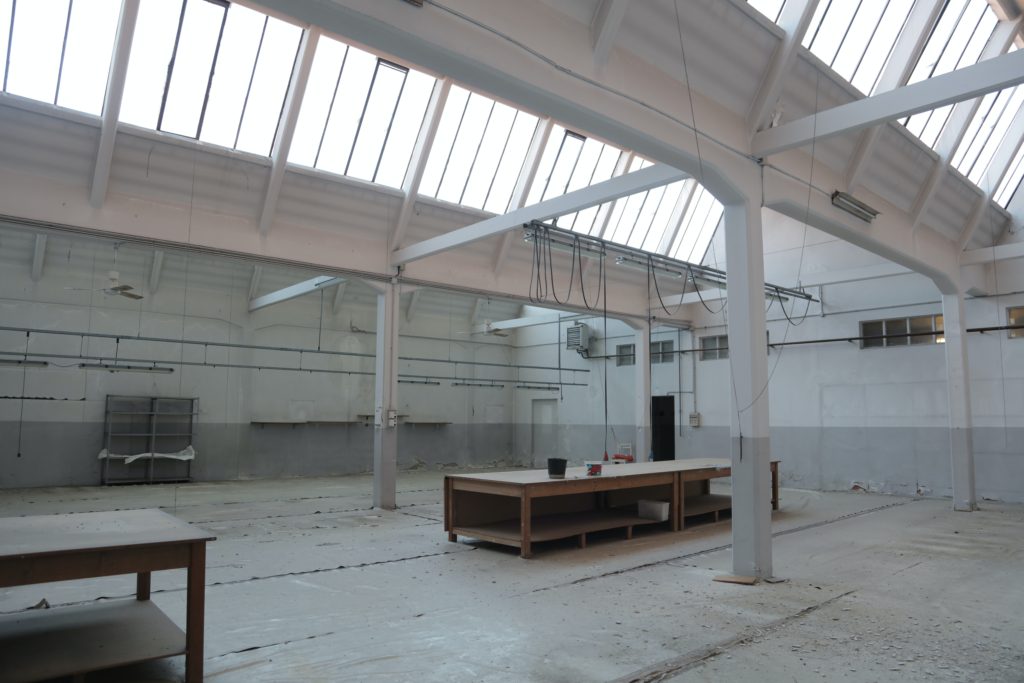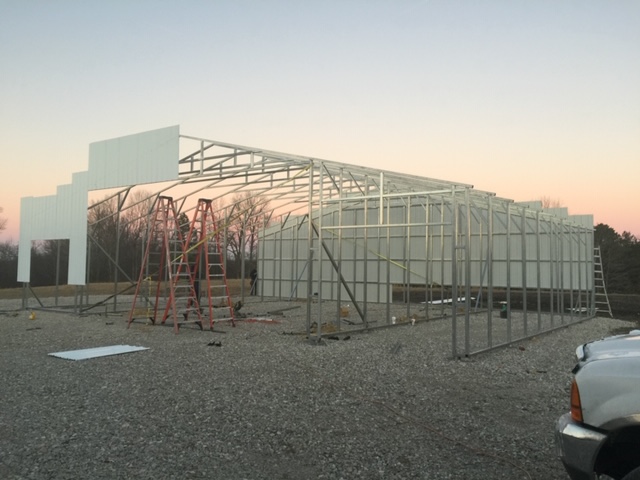A fatigue steel structure is a structural engineering material designed to resist deformation and strain under repeated loading. It has a higher resistance to fatigue than other conventional materials. Plus, it is ideal for structures subject to cyclic loads, such as bridges and offshore structures.
How are fatigue steel structures done?
Fatigue steel structures are manufactured through a process called ‘welding.’ What is involved here is joining two pieces of metal together. It is doable by melting the metals, applying pressure, and turning them into a single jointed piece. By this point, the material is much stronger than alone. It can withstand extreme temperatures, loads, vibrations, and environmental pressure. Moreover, the welding process can create entire structural frames and components. These can be in the form of ladders, stairs, beams, and more.
Along with doing the process meticulously, it is critical that only certified welders who should create fatigue steel structures. It ensures joining the pieces is proper. They also know and execute safety measures to avoid harm to people or property and potential failures.
After their production process, each fatigue steel structure undergoes testing to ensure it meets the required standards for strength and durability.
So what makes it different from other steel structures?
It is sturdier: Fatigue steel is more mighty than ordinary mild steel when subjected to small numbers of repeated, cyclic loads. It also has higher impact resistance and can withstand larger stress amplitudes for longer than other materials.
It is lightweight: A fatigue steel structure is also exemplary because, typically, it is more lightweight. And because of this, it offers more benefits like lowering labor and transportation costs and faster construction. It also helps reduce the overall weight of the building’s foundation, which is advantageous in areas prone to earthquakes. Additionally, fatigue steel allows flexibility when designing a building. The builder can cut and shape materials easily into any desired shape or size.
For these reasons also, a fatigue steel structure is cost-effective. The builder or owners do not only prevent extra expenses during construction. They can also save money when using it because of lower energy costs thanks to fatigue steel’s superior thermal properties. Thus, structure users may have lower heating and cooling bills.
It lasts longer: Fatigue steel structures are typically made from alloy metals such as carbon steel, stainless steel, and aluminum. As a result, these structures are corrosion-resistant, have an increased lifespan, and require less maintenance. The well-designed and maintained fatigue steel structures can last for decades. Due to their many advantages, these are ideal for bridges, ships, offshore platforms, and other facilities that require a sturdy and durable material.
Read: How do metal and steel differ?
Overall, fatigue steel is an excellent option for those looking to build structurally sound and durable structures. Its superior strength and resistance to fatigue make it an ideal choice for applications where cyclic loading may be present. Its corrosion resistance and increased lifecycle make it a great cost-effective option. Indeed, with the right design and maintenance, fatigue steel structures can have a long lifespan and provide a safe, secure environment for many years.


